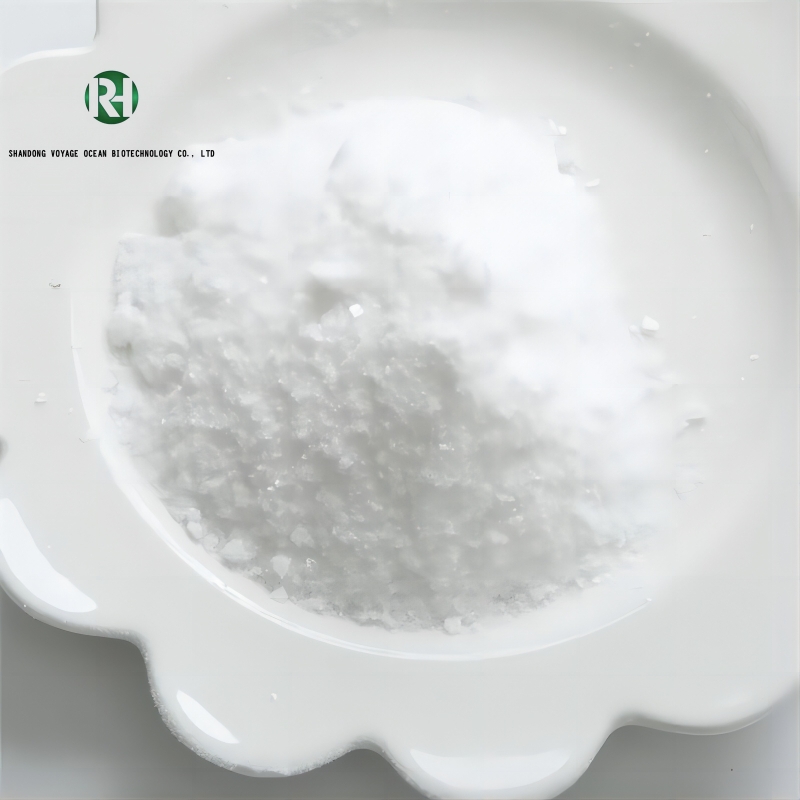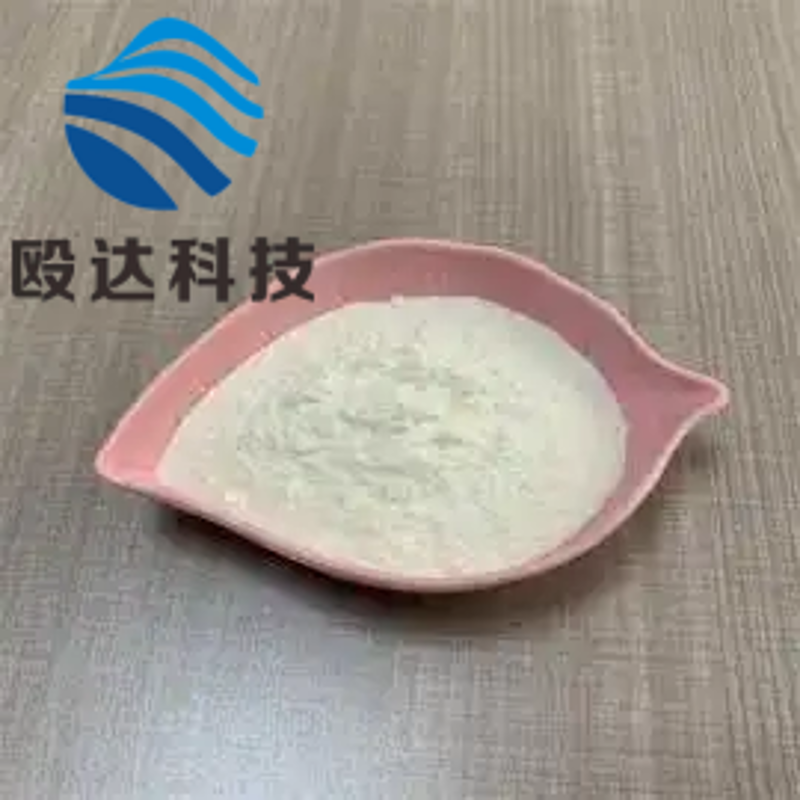-
Categories
-
Pharmaceutical Intermediates
-
Active Pharmaceutical Ingredients
-
Food Additives
- Industrial Coatings
- Agrochemicals
- Dyes and Pigments
- Surfactant
- Flavors and Fragrances
- Chemical Reagents
- Catalyst and Auxiliary
- Natural Products
- Inorganic Chemistry
-
Organic Chemistry
-
Biochemical Engineering
- Analytical Chemistry
- Cosmetic Ingredient
-
Pharmaceutical Intermediates
Promotion
ECHEMI Mall
Wholesale
Weekly Price
Exhibition
News
-
Trade Service
Ethyl (2S)-2-ethoxy-3-(4-hydroxyphenyl)propanoate, also known as Antipyrine, is an organic compound that is widely used in the pharmaceutical and cosmeceutical industries.
It is an intermediate compound in the production of various medications, such as analgesics, anti-inflammatory drugs, and antirheumatic agents.
Antipyrine is also used as an excipient in various pharmaceutical formulations.
There are several synthetic routes that can be used to produce Antipyrine, and the choice of route depends on factors such as the scale of production, the desired purity of the product, and the availability of starting materials.
Some of the common synthetic routes for Antipyrine are outlined below.
- Etherification of 4-hydroxybenzaldehyde with ethyl acetate
This is one of the most common and straightforward methods for the synthesis of Antipyrine.
In this route, 4-hydroxybenzaldehyde is treated with ethyl acetate in the presence of a base, such as sodium hydroxide or potassium hydroxide, to form the corresponding ether.
The reaction mixture is then treated with carbon tetrabromide, and the resulting product is extracted with a solvent such as ether or hexane.
The product is then purified by recrystallization or chromatography.
- Etherification of 4-hydroxybenzaldehyde with ethyl bromide
This is another common synthetic route for Antipyrine.
In this route, 4-hydroxybenzaldehyde is treated with ethyl bromide in the presence of a solvent such as benzene or toluene.
The reaction mixture is then treated with a base, such as sodium hydroxide or potassium hydroxide, and the resulting product is extracted with a solvent such as ether or hexane.
The product is then purified by recrystallization or chromatography.
- Hydrolysis of ethyl 2-ethoxyacetate
In this route, ethyl 2-ethoxyacetate is treated with a strong acid, such as sulfuric acid or hydrochloric acid, in the presence of a solvent such as water or dichloromethane.
The product is then extracted with a solvent such as ether or hexane, and the resulting solution is neutralized with a base, such as sodium hydroxide or potassium hydroxide.
The product is then extracted with a solvent such as dichloromethane, and the resulting solution is dried and concentrated to yield Antipyrine.
- Reduction of ethyl (2S)-2-ethoxy-3-(4-hydroxyphenyl)propionate
This synthetic route involves the reduction of ethyl (2S)-2-ethoxy-3-(4-hydroxyphenyl)propionate using a reducing agent such as lithium aluminum hydride or hydrogen in the presence of a solvent such as ether or hexane.
The product is then purified by recrystallization or chromatography.
In conclusion, Antipyrine can be synthesized using a variety of synthetic routes, and the choice of route depends on the specific requirements of the production process.
The availability of starting materials and the desired purity of the final product are also important factors to consider when selecting a synthetic route.
Regardless of the synthetic route used, Antipyrine is an important intermediate compound in the pharmaceutical and cosmeceutical industries, and its synthesis is a crucial step in the production of various medications.







